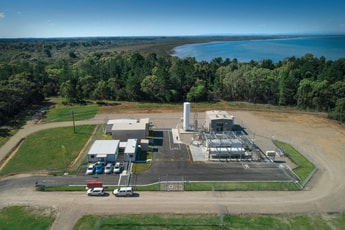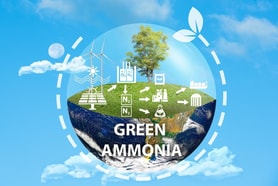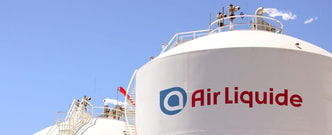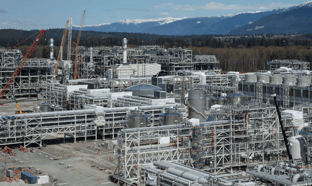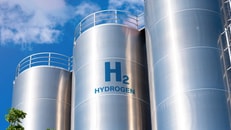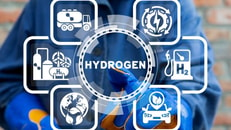Liquid hydrogen production and shipping
When it comes to cryogenics, liquid helium and liquid hydrogen are a world apart from other liquefied gases. Under atmospheric pressure, liquid helium exists at -269°C, only 4°C warmer than absolute zero. At -253°C, liquid hydrogen (LH2) is 57°C colder than liquid nitrogen (LIN) or 91°C colder than liquefied natural gas (LNG).
Whilst LIN and LH2 are both well known in the world of industrial gases, there are some significant differences in the physical properties of these gases that render hydrogen liquefaction a highly specialised technology. For example, the speed of sound in hydrogen is 1,270 m/s, much higher than nitrogen at 349 m/s. This means that the tip speeds achievable in turbo machinery used for liquefaction of hydrogen can be much faster and turbine will rotate at up to 100,000 RPM. A nitrogen expansion turbine would typically operate at only 20,000 RPM.
The electro-mechanical engineering required to operate bearings at these high rotational speeds is extremely sophisticated. For efficient liquefaction cycles, magnetic bearings are favoured due to their low levels of frictional resistance which results in fewer energy losses.
... to continue reading you must be subscribed


